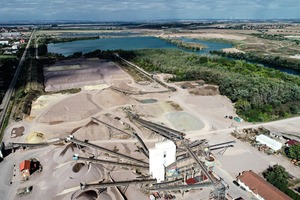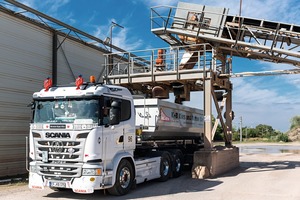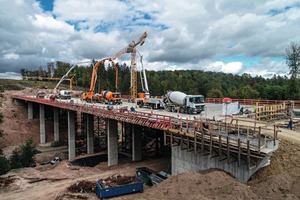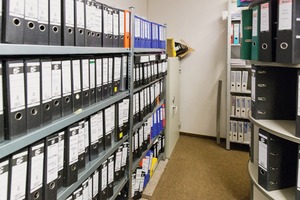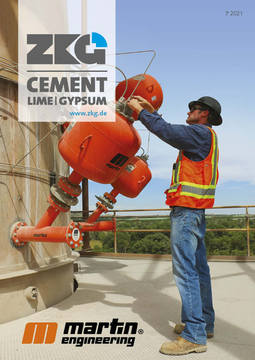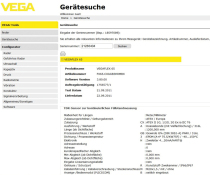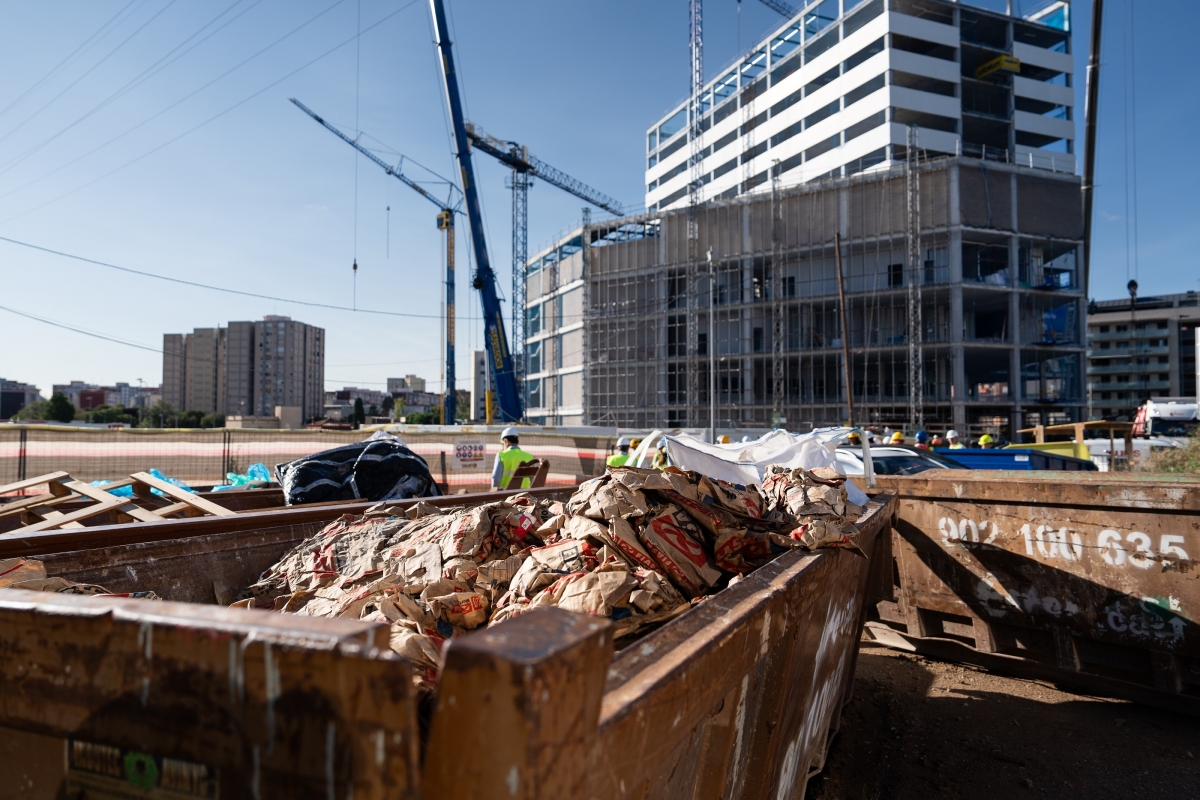The digital delivery note
Digitization – also in the building materials industry – can no longer be stopped, even if – as in many other areas – progress is sometimes slow for a variety of reasons. All it takes is a little courage and the will to leave the beaten track. This also includes delivery note management. Here, a lot of paper and manual work are still the order of the day.
“But there is another way – much more convenient, faster and above all more ecological,” says Beate Volkmann, board member of Praxis EDV-Betriebswirtschaft- und Software-Entwicklung AG, one of the market leaders in the digitalization of the building materials industry.
Everything usually starts with a customer request for building materials. These include bulk raw materials such as sand, gravel and crushed stone, as well as products made from them such as concrete, mortar and asphalt. Then an extensive process involving several parties is set in motion with the aim of ensuring that the desired delivery arrives at the construction site exactly when it is needed. Involved in this material call-off are the raw material producer (storage quantity), the forwarder (transport) and of course the customer (construction site) and the respective administrations. Concrete and asphalt plants can also be involved.
The way in which this is handled varies greatly. Telephone calls, paper delivery notes with several carbon copies, entering the data by hand into the computer are sometimes coupled with already existing digital solutions. Personally handed over printed delivery notes at the weigher/mixer, waiting times of the vehicles at the construction site until unloading, signatures of the site manager, handing over the papers to the administration and manual accounting of the orders and haulage companies – this is how everyday life looks in many companies in the sector.
This is just not ecological. For example, 280000 delivery notes made of paper – which are quite common for a medium-sized company per year – stacked on top of each other make a pile as big as a six-storey building. 50000 l of water, 2.5 t of wood and about 10000 kWh of electrical energy are consumed for this. If you add the costs for the legally required archiving of the paper in an archive, the result is costs of about € 1.50 per delivery note – without the analogue labour costs in the company. In addition, there is the administration of an archive for paper delivery notes for the legally required storage obligation.
“However, this can also be done completely digitally for all those involved in the process and thus much faster, with significantly less effort and, above all, more ecologically,” Beate Volkmann sees a lot of potential here. For example, the order can be placed via a web platform and is immediately forwarded automatically to the scales by the scheduling department. The delivery vehicles then receive their orders via a tablet with a PxPLogistics app. Vehicle acceptance before departure, documentation and time recording via the driver card with order evaluation, no time spent in the factory entrance area and fast loading (for example by wheel loaders) are thus possible.
The electronic delivery note goes into the vehicle to the logistics app and is signed electronically there. When the vehicle leaves the factory for the construction site, the site manager/foreman knows immediately via a docked PxP site manager app when his material will arrive. He can then also sign “digitally” and the delivery note is promptly available to the administrations of the forwarder, the construction company (customer) and the producer as a data record for further processing via invoicing or incoming invoice workflow. It is then already archived for tax purposes at the supplier and is available to all partners.
The most important basis for this continuous digitalisation is the ERP software solution “WDV 2020 Team”. It is supplemented by various modules that connect the partners involved with this central basis. These include, for example, the delivery note portal “Bau-ELSE”, a vehicle number or RFID recognition at the scales, tracking systems, online map material, PxP apps for the transport drivers and the site managers, as well as other apps that control the plant production utilisation and couple it with a raw material order as required.
“It all sounds more complicated than it actually is,” Beate Volkmann reassures that the company has years of practical experience in setting up such solutions, most of which are customised. They are quite capable of either replacing existing digital elements or integrating them as needed. It just takes a little courage to try something new. Because the benefits far outweigh the effort.

